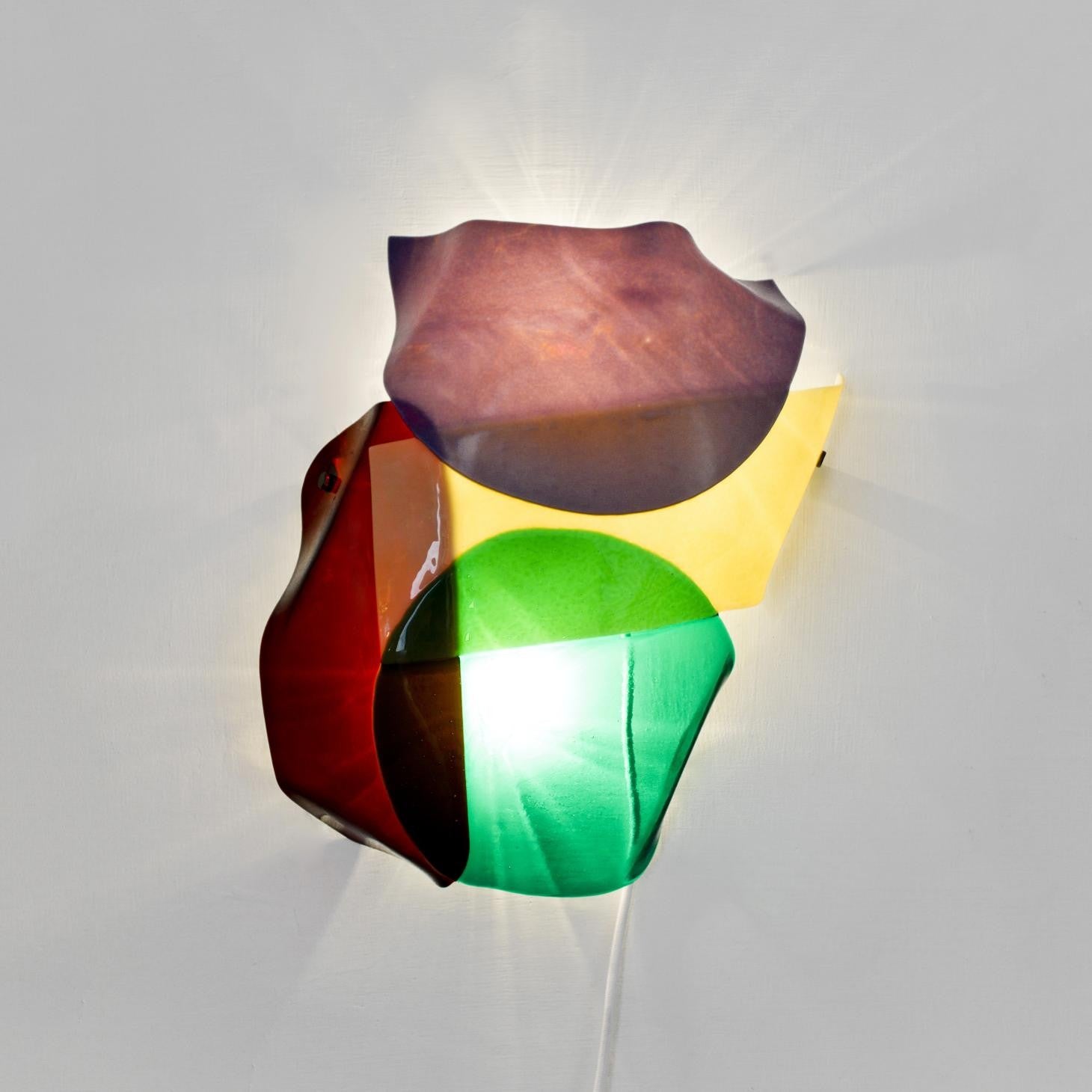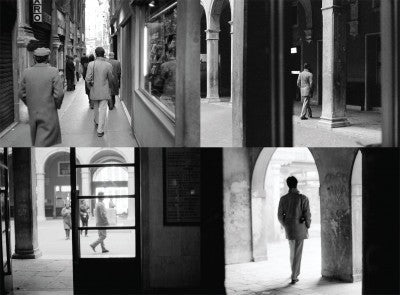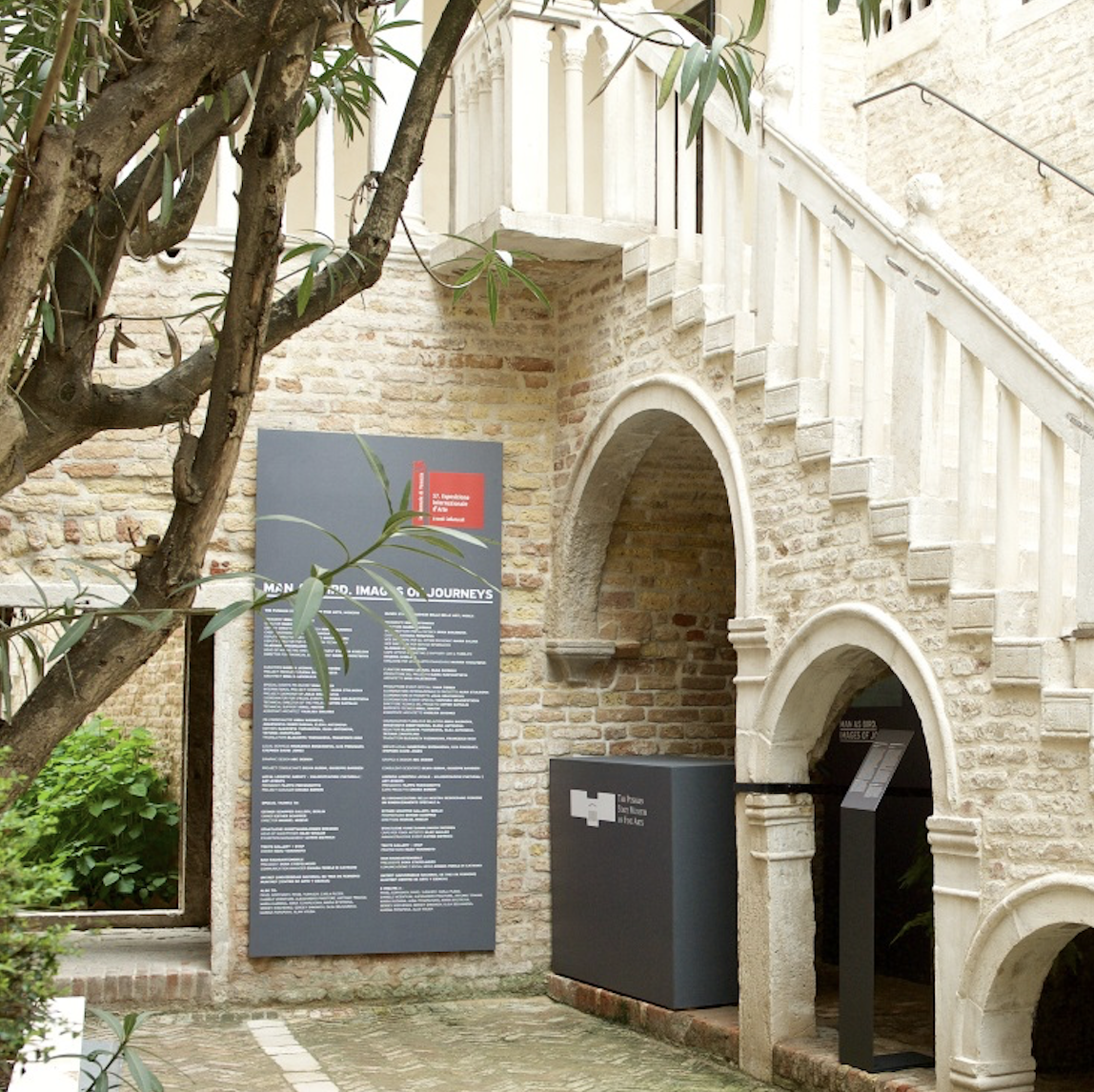The Glass Industry in Venice Carves Space for the next generation
The first time Thomas Stearns attempted to have his glass vessels made, he was unceremoniously thrown out of the Venetian studio by an enraged and insulted master.
Ignoring the traditional craft’sprescription for symmetry and balance, his soulful, organic vessels proved too radical for the orthodox sensibilities of the artisan. ‘ After showing him his drawings and models,’ retells Venice Glass Week organiser David Landau, ‘he began shouting at him and showing him the door, claiming he could never work for such a freak.’The native Oklahoman had arrived in Venice in 1960 on a Fulbright scholarship, having first seen the work of Venini in a magazine stateside. Stearns sought out the businessman and his cabal of glass masters to learn how to render in 3D the two-dimensional glasswork that he had already been producing in America. Eventually, he was able to find a young and more open-minded glassmaker to realise his visions, but the indignities didn’t end there.
His prized pieces ‘Cappello del Doge’ and ‘Facciate di Venezia’ were awarded the prestigious Gold Lion for glasswork (once a category unto itself) at the 31st Biennale in 1962, but the honour was stripped when it was realised the artist wasn’t a native Italian. ‘They gave the prize to the second best,’ Landau says of the historic scandal.
More than just an accounting of the past, Venice Glass Week looks towards the future. Spanning 180 events and exhibitions over nine days, the program brings international attention to the myriad of talented contemporary designers working in Murano. Concerned with the dwindling numbers of operational furnaces and onslaught of cheap fake souvenirs shipped in from abroad, Landau founded Venice Glass Week as a way of promoting and preserving the millennium-old art.
The main goal is to help Murano to heal its wounds,’ Landau says of his goals for the project, ‘and become a centre for the production of 21st century, high-quality artistic glass.’ Channelling the global gaze towards local artisans and the international artists that, like Stearns, travel to Venice to have their work realised, Landau hopes that it will set the wheels in motion for the industry to rebound.
Full interview: https://www.wallpaper.com/design/venice-glass-week...






Leave a comment
All comments are moderated before being published.
This site is protected by hCaptcha and the hCaptcha Privacy Policy and Terms of Service apply.